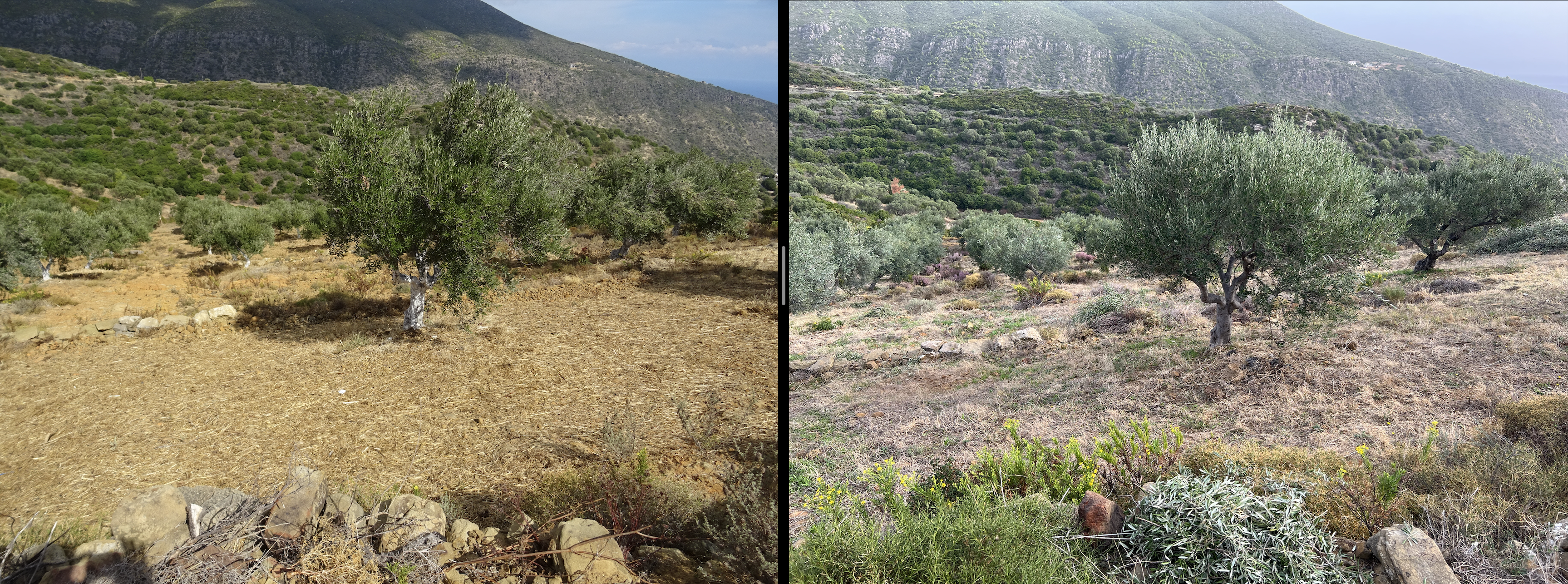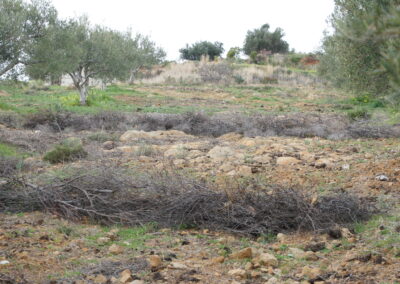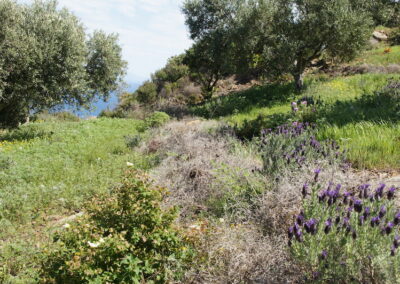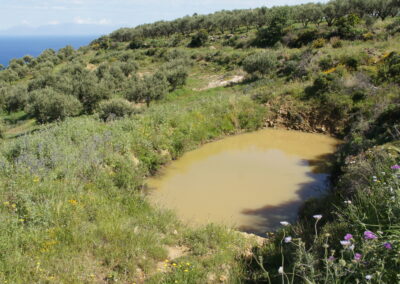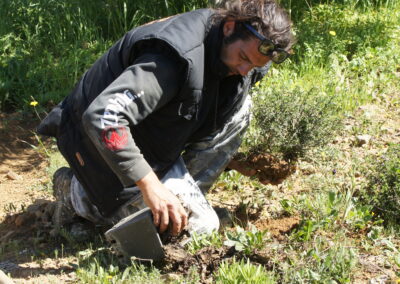A traditional cultivation meets modern challenges
Olive cultivation is a traditional part of Mediterranean agriculture, but in recent years it has faced new challenges. The TEIKEI Olive project is committed to improving not only the quality of its products, but also the health of the soil and the living conditions of smallholder farms through regenerative cultivation methods. With a focus on sustainability and community, TEIKEI Olive pursues a pioneering approach to olive cultivation that goes far beyond conventional methods.
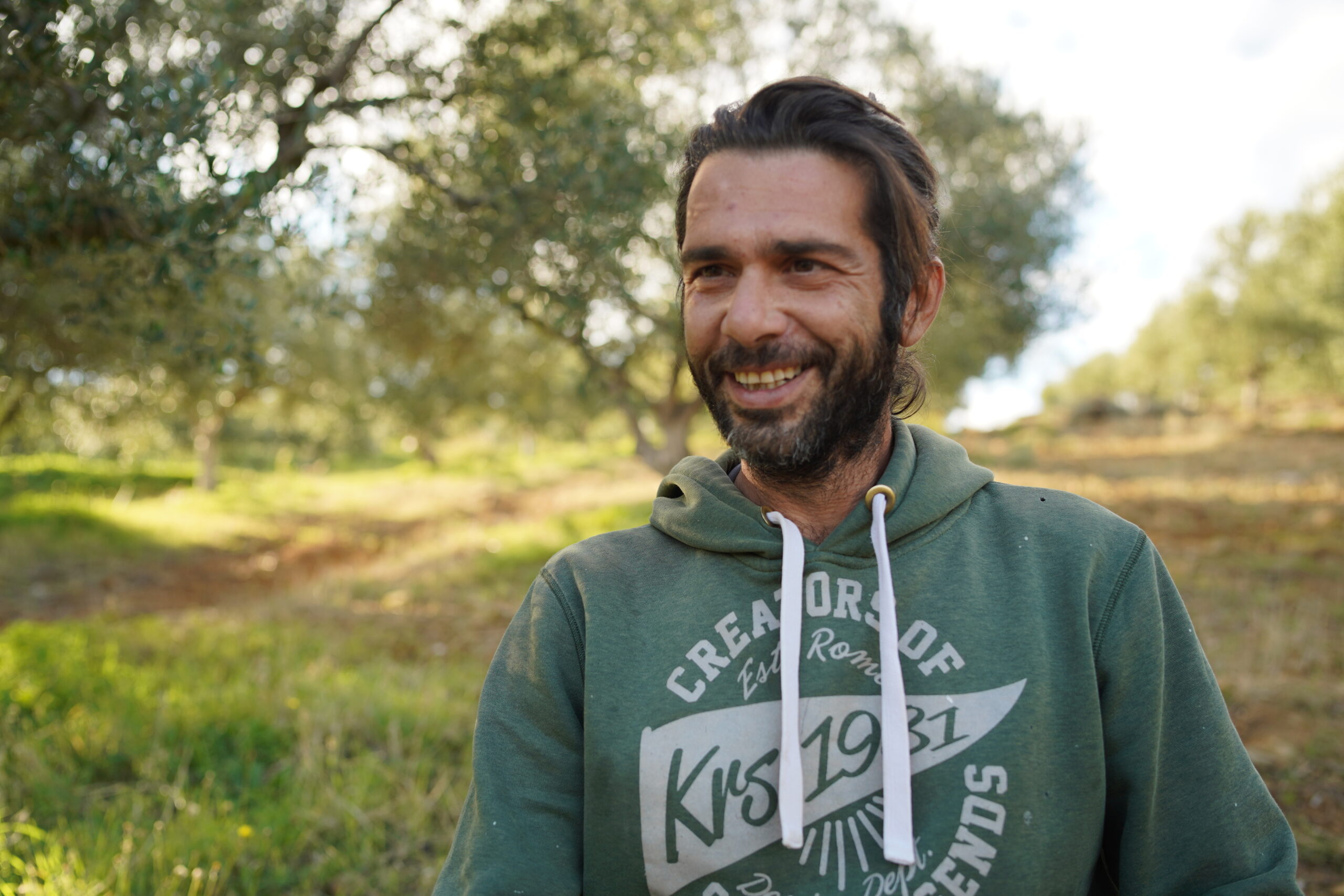
Climate crisis and the importance of regenerative agriculture
Regenerative agriculture is particularly important in times of climate crisis. By using natural methods such as composting, intercropping and minimal tillage, soil health is promoted and CO2 sequestration in the soil is increased. This not only helps reduce greenhouse gases, but also makes agricultural systems more resilient to extreme weather conditions such as droughts and floods. Olive farming in particular can benefit from these methods, as olive trees are deep-rooted and benefit greatly from improved soil health.
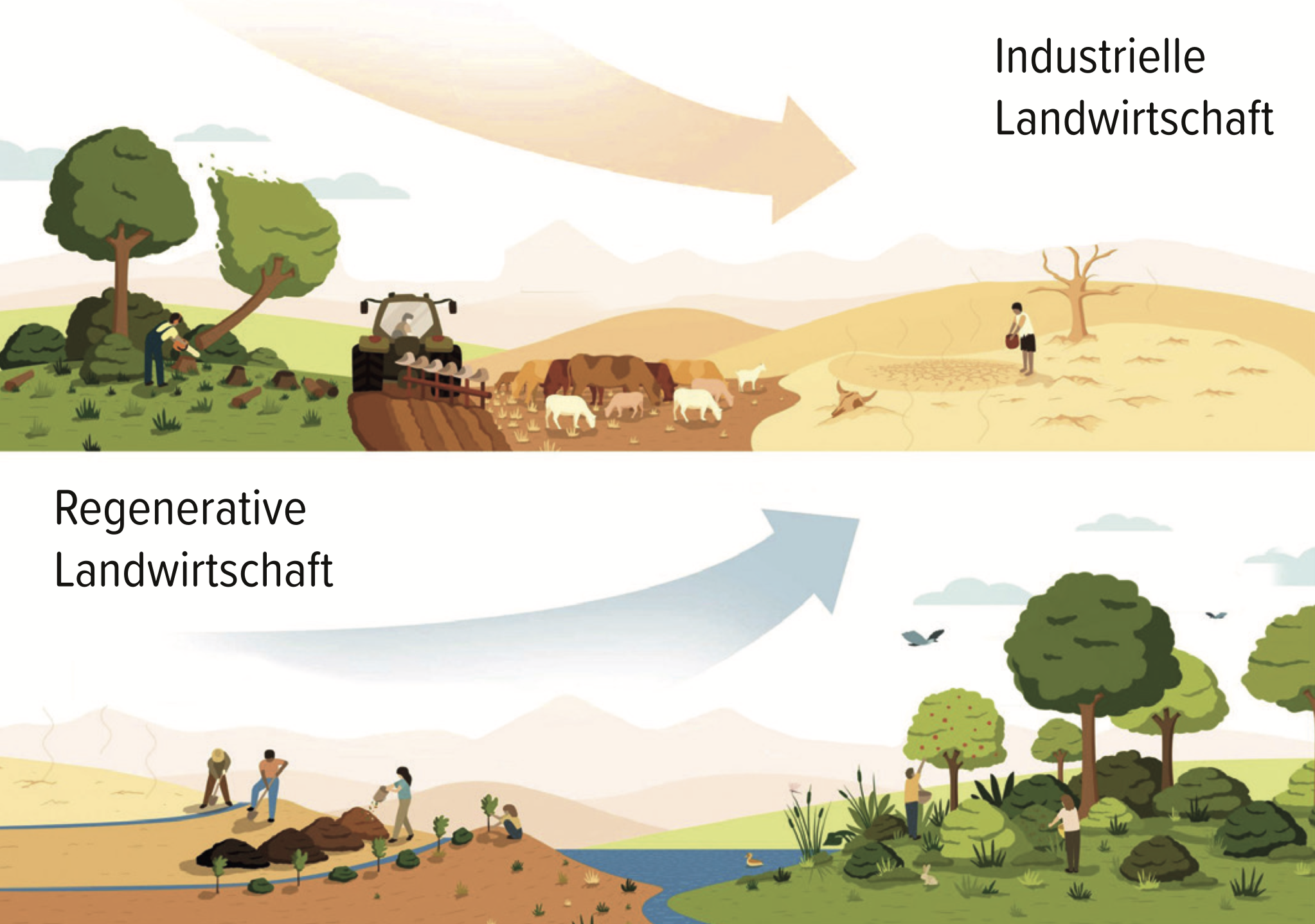
Soil health and biodiversity as the key to success
The need for regenerative agriculture also arises from the increasing soil depletion and loss of biodiversity caused by intensive agricultural practices. Regenerative methods promote the diversity of plant and animal life in the fields, resulting in a more stable and productive ecosystem. This is crucial to ensure the long-term fertility of the soil and reduce dependence on expensive, organic fertilizers and pesticides approved in organic farming. For TEIKEI Olive, this means sustainable production of the highest quality olive oil that is not only good for consumers, but also for the environment.
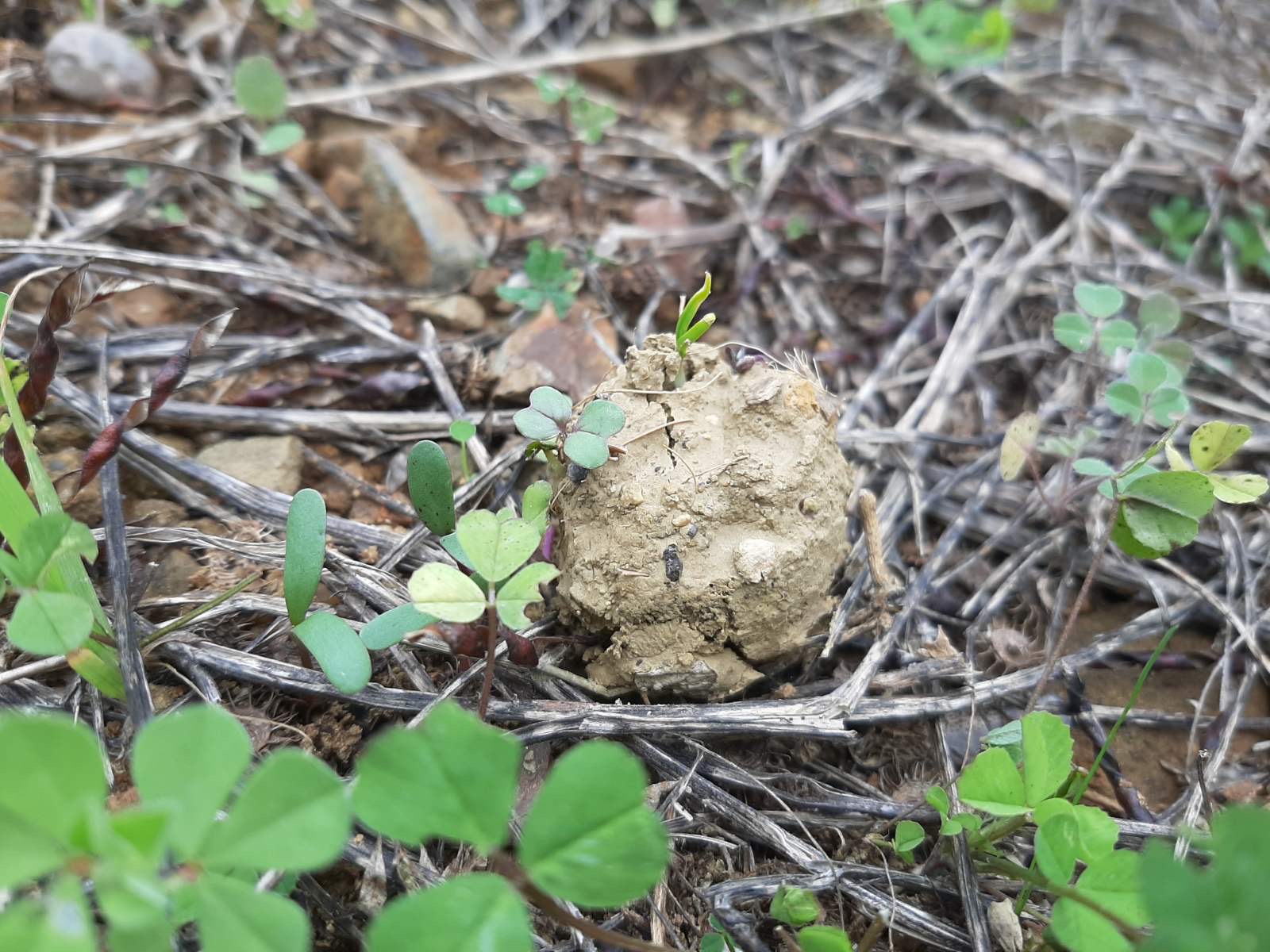
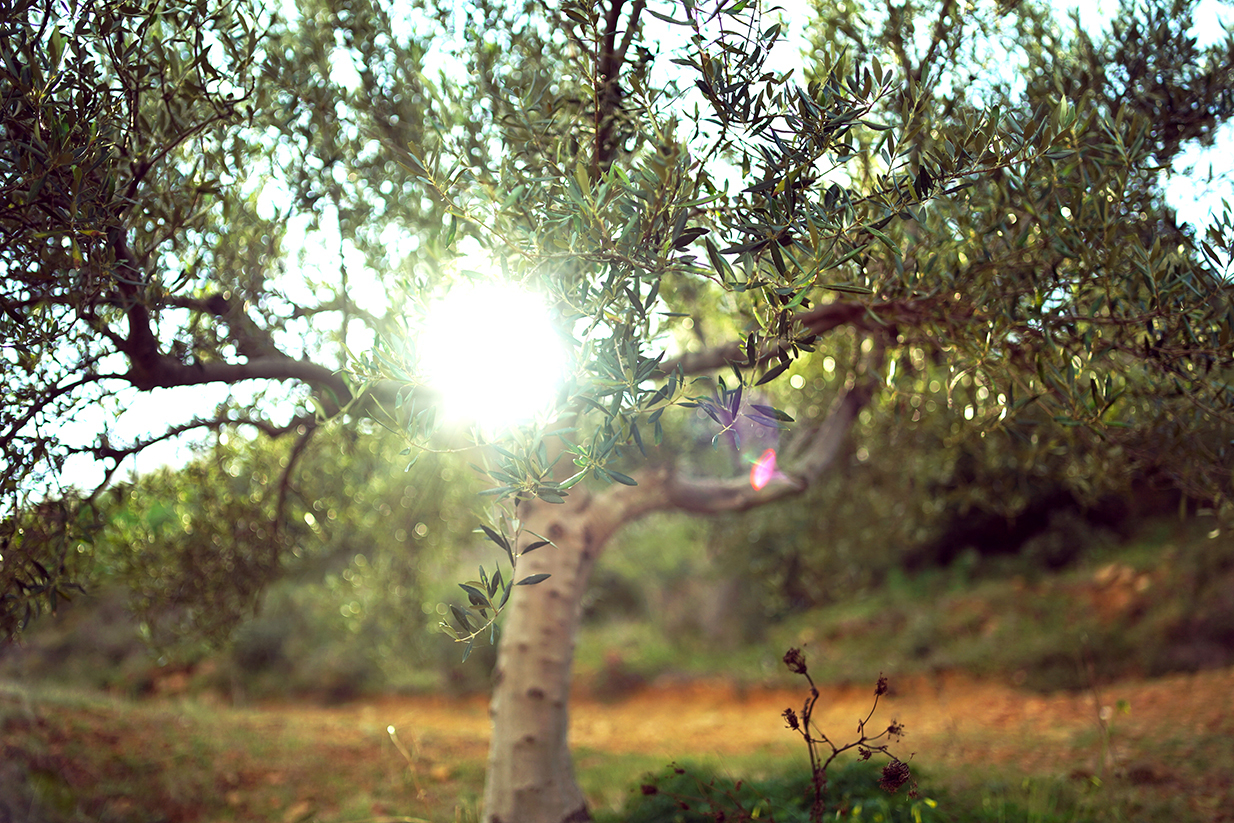
Social and economic benefits for small farmers
In addition, regenerative agriculture offers social and economic benefits. Smallholder farms, such as those supported by TEIKEI Olive, benefit from improved soil fertility and more stable yields. This leads to greater economic stability and strengthens rural communities. Through direct marketing and fair pricing, farmers can earn better income and secure their livelihoods. At a time when agriculture is under pressure worldwide, regenerative agriculture combined with an associative economy offers a way to improve farmers' livelihoods while reducing the ecological footprint.
The future of agriculture in terms of sustainability
Overall, the example of TEIKEI Olive shows how regenerative agriculture in olive cultivation can not only help improve product quality and environmental impact, but also strengthen the resilience of agricultural systems. In the face of the climate crisis, switching to such sustainable farming methods is not only an opportunity, but an urgent necessity.
Water brakes greened
This is what the water brakes look like after a few years, when the vegetation has settled again.
Filled retention basin
Our retention basin serves exclusively to collect the large amount of water that falls during short but heavy rainfall and to allow it to slowly seep into the ground.
Visible successes of regenerative agriculture
As can be clearly seen, the vegetation has recovered and biodiversity has increased. These positive changes are the result of sustainable management that improves the soil and supports the overall ecology of the growing area. What is particularly striking is how the erosion that was clearly visible in October 2017 has been completely stopped by October 2023. Where previously bare, washed-out areas of earth dominated, dense vegetation and stable soil layers can now be seen.
Regenerative agriculture not only produces healthier produce, but also plays a key role in combating the climate crisis by protecting and regenerating natural resources. Erosion control and soil improvement practices contribute significantly to the long-term stability and fertility of our fields, which in turn increases yields and the sustainability of agricultural production.
As the whole topic of regenerative agriculture is also related to the topic of “True Cost Accounting“ will be reported in a future article.
The “before and after” pictures show our olive grove on Cape Akritas, where we have the Olive oil “Zeus' favorite” of the early harvest. The photos were taken before and after an ecological conversion. The left pictures show the grove before ploughing was stopped and native plants were reintroduced using seed bombs. These photos were taken in October 2017. The photos on the right are those taken six years later, but at the same time of year, also in October. After the conversion was successfully implemented and the vegetation was able to recover for a few years, the grove is now noticeably greener and lusher.
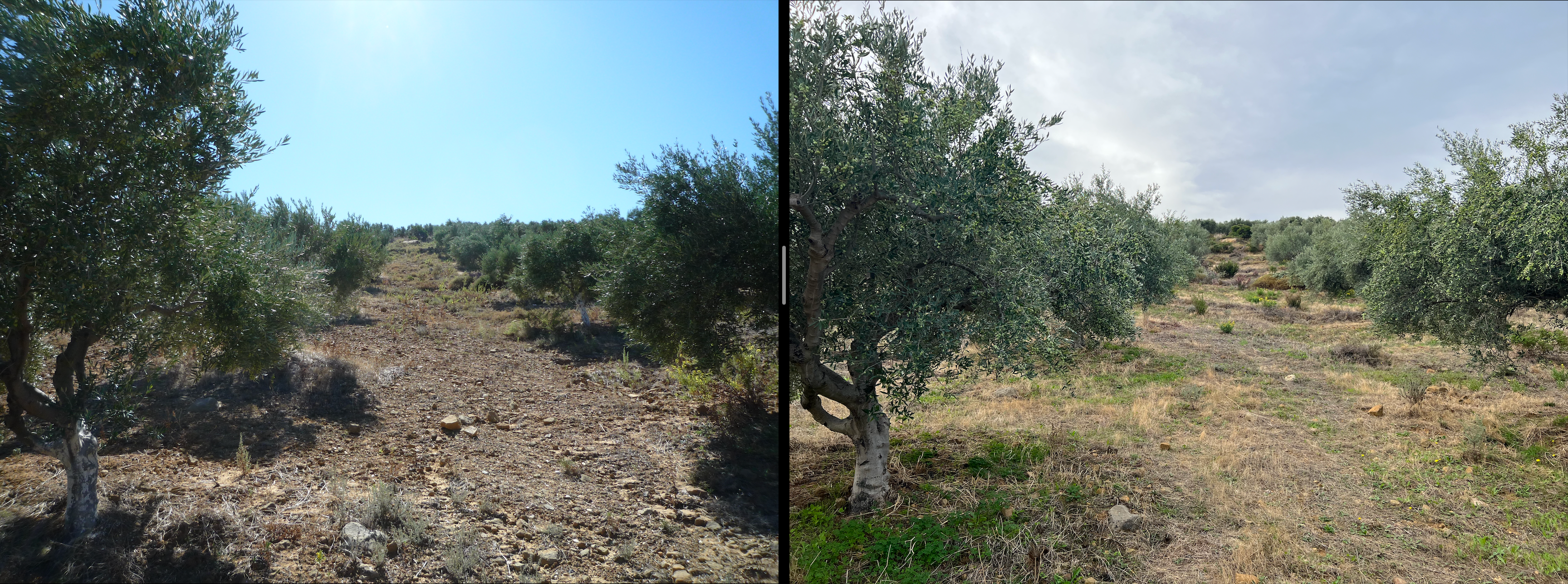
What is special about this comparison is how little erosion is still visible and that those places where the erosion was most severe are now the wettest places in the olive grove and therefore also where plant growth is greatest.
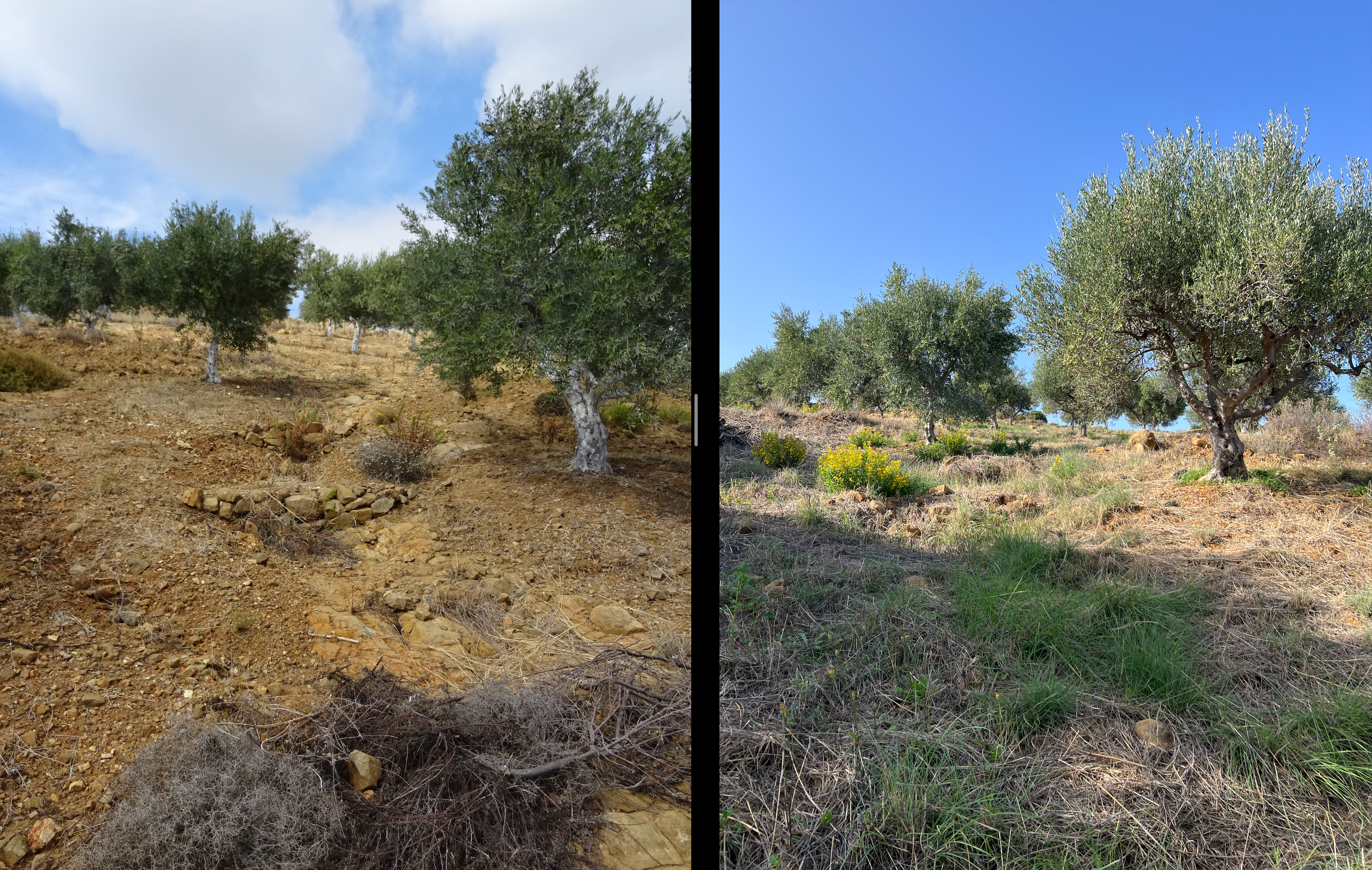
This comparison also clearly shows how much erosion was effective when the soil was not covered by plants and how no further furrows can now form in the soil due to a closed plant cover.
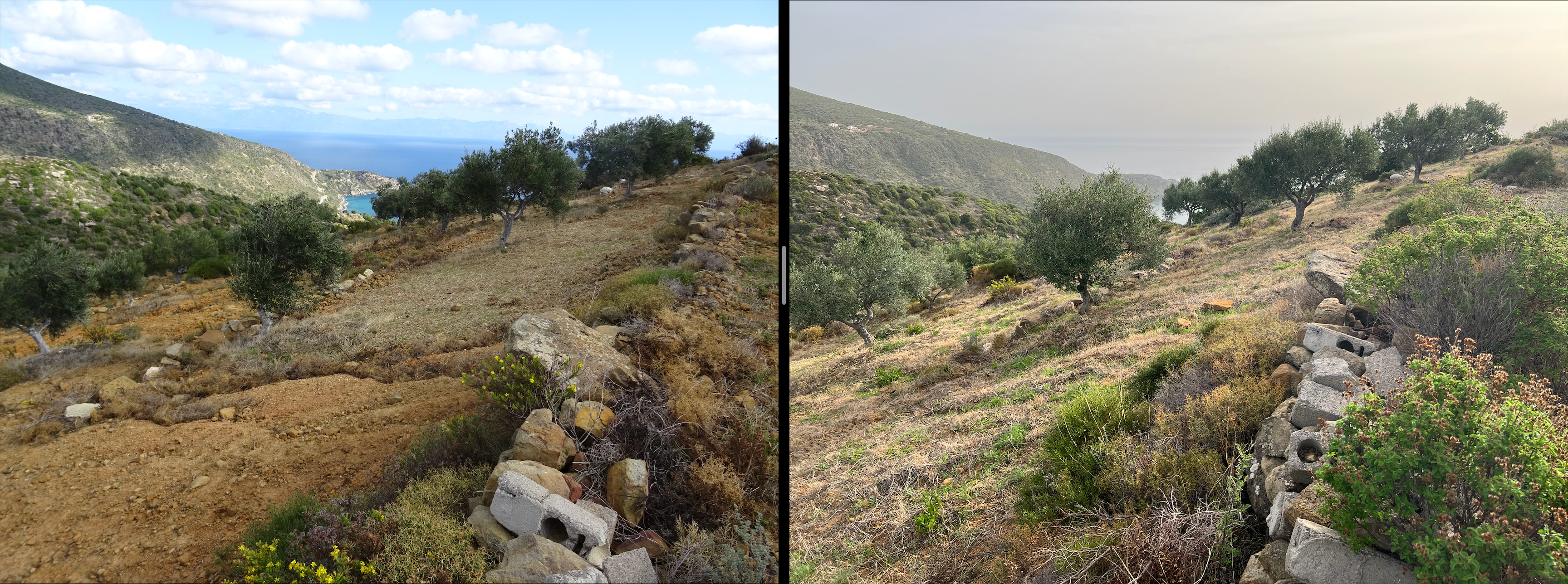
The photo on the left was taken when we first spread straw as ground cover. A few years later, the ground is now completely covered again. We now just need to mow it at the right time so that it reseeds itself and the ground cover becomes increasingly dense.
